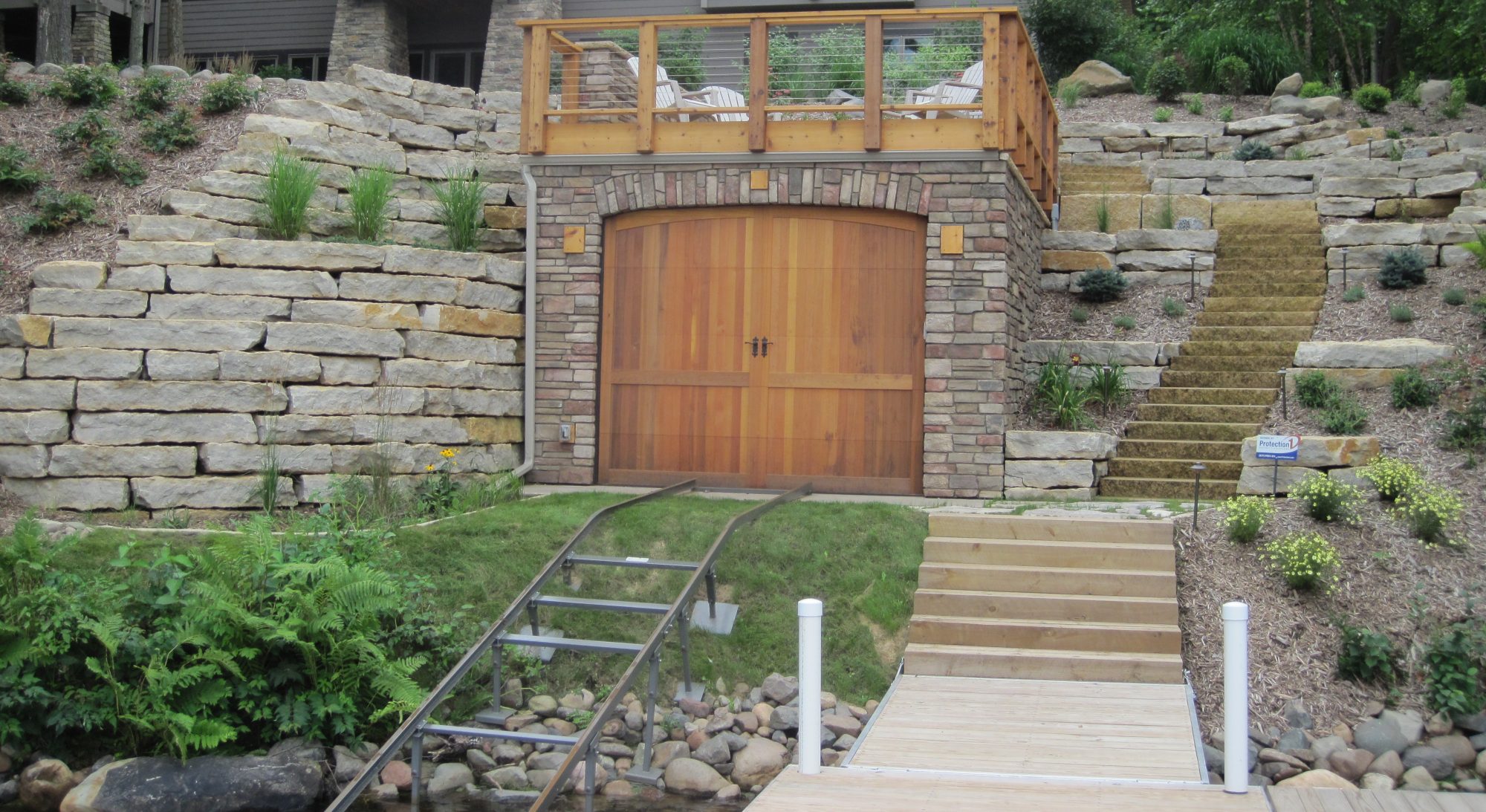
You know that intense feeling of thirst when you’ve been outside during a 90-degree (or hotter) day? The one where you can’t stop dreaming of diving head first into the lake? Well, we are here to tell you that your turfgrass is likely feeling the same way. It’s the same logic as the water you drank yesterday is not going to quench your thirst today.
Generally, turf will need at least one inch of water per week when dealing with normal temperatures —if it is extreme heat that will need to increase to two or even three inches. Finding the right stability between over-watering and under-watering in the summer is always going to involve some trial and error; especially if you are trying to conserve water by using natural rainfall. By following the steps we’ve outlined below, you can make turf care a little more predictable.
Watch The Weather
If rain is in the forecast, hold off on watering until after the storm has passed, when it clears, check your rain gauge to see where the turfs water necessities are, as well as the average temperature for the week. If the turf is still looking green and lively, you may be able to skip watering for the week, but if this is not the case, and the turfgrass is looking a little on the rough side, then you will want to use your calculated sprinkler irrigation system. If you don’t have access to one, use the guide below to help with providing the right amount of hydration.
Sprinkler System
Once Per Week: Four hours of water per reach of sprinkler
Twice Per Week: Two hours of water per reach of sprinkler
Hose Sprinkler
Once Per Week: Two hours of water per reach of sprinkler
Twice Per Week: One hour of water per reach of sprinkler
Water Early
Water early in the morning, you will be saving your turf from becoming under hydrated or diseased. Watering early in the morning gives water the best chance of being absorbed deep into the roots of your turfgrass. If you are watering in the middle of the day when the sun is beating down on your lawn, your turf will not soak up much water. If you are watering late in the evening it will have the opposite effect as the water will linger and allow the opportunity for mold and fungi to spread.
Water Deep
It is necessary for your turf to receive water all the way down deep into the roots, so make sure you are delivering moisture six to eight inches below the surface. Deep watering will keep the roots from growing toward the surface and will also reduce the need to water as frequently. To help aid in fast recovery and deeper root mass, you can use microbial technology.
Let Your Turf Rest
If your turfgrass is stressed from heat, you will want to minimize mowing as it will be harder for the turf to recover. Instead, wait and mow after there has been a rainfall or when they have recently watered. You will also want to avoid mowing your turf too short; you should not be removing more than 1/3 of the length of the grass being cut. Remember to keep your mower blades sharp to ensure a quick, clean cut which also reduces stress on your turfgrass.

